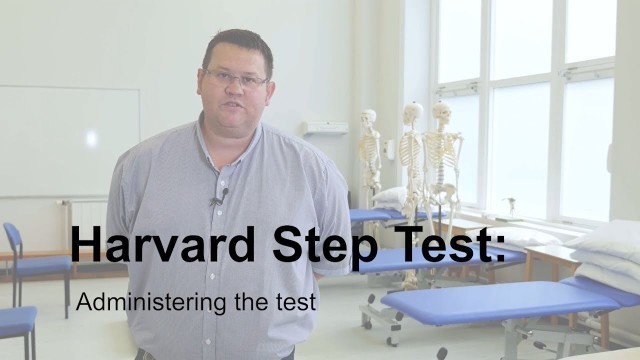

03:26
Feb 18
0
0
'In this short video, Dr. Terry Gleave (University of Liverpool, UK) explains how to administer the Harvard Step Test, either on yourself or someone else. This video has been adapted from a Massive Online Open Course (MOOC), titled \'Physiology: The Science of Life\', which ran in 2018 and 2019. The course was developed in partnership between The Physiological Society and the University of Liverpool and was hosted on FutureLearn. Transcript Today we\'re looking at the Harvard Step Test. For the Harvard Step Test, you will first of all need to take your resting heart rate. And so you\'ll be calculating or measuring your heart rate, either radial, which is at the base of your thumb, or if you\'re struggling to find your radial pulse, then it may be easier for you to find the carotid, which is on your neck. And what you\'re going to do for the first part of the test is count the number of beats in 30 seconds and then multiply this figure by 2, and that will give you your resting heart rate. So before commencing the test, after you\'ve taken your resting heart rate measurements, we would recommend that you do some stretching, so as to loosen up the muscles and joints, and allow you to warm up to avoid any form of injury, to the muscles or the joints or any soft tissue damage. What you will do is you\'ll start your stopwatch when your colleague, or your friend-- or yourself, if you\'re operating this test on your own-- takes their first step onto the step with their right foot. And what you\'re doing is operating in stepping cycles, which is your right foot up onto the step, followed by your left foot up onto the step, and then your right down, and your left foot down. That would be one stepping cycle. So if you can just remember up, up, down down, then you\'ll be operating in perfect stepping cycles. Remembering to operate those cycles within time of your metronome, which you will set at 120 beats per minute, which will mean that you\'re operating in stepping cycles that are appropriate for 30 cycles within a minute. You\'ll step for a full five minutes. If at some point in time you feel nauseous, or dizzy, or out of breath, please remember that you can stop the test any time. And once your five minutes are up, of the stepping cycles, then you can sit down immediately, and you can wait one minute at rest. At the one minute mark or so-- six minutes should now be showing on your stopwatch-- you can then take the heart rate. And what you\'re actually doing is calculating or counting the number of beats in 30 seconds, and making a note of that number for one minute after exercise, so that\'s one minute during your recovery period. You\'ll do the same, recording the number of beats in 30 seconds, two minutes into your recovery period, so that\'s two minutes after your exercise has stopped. And then you\'ll take one final measurement of your heart beats in 30 seconds, which will be after three minutes into your recovery period. What it shows us is a level or an indication of your cardiovascular fitness. And at the end of the test, with the results that you obtain, you\'ll be able to look at and calculate your fitness index. Upon completion of the test, when you\'ve recorded all of your results, we recommend that you do some static stretching. Following those static stretches, you could go for a short walk, just around the house, and therefore, it will help to keep the blood flowing and to remove any build up of any waste products from the exercise that you\'ve been undertaking.'See also:

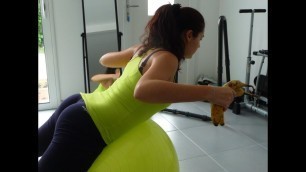
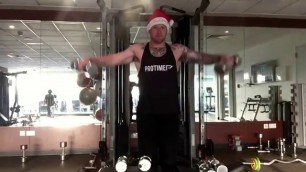






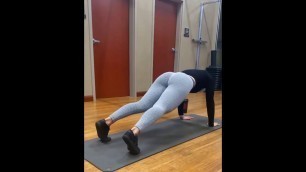
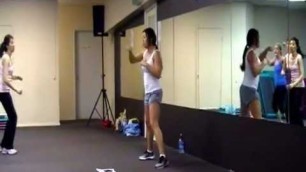
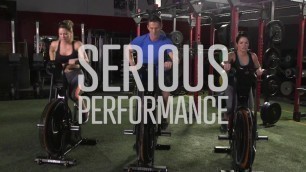


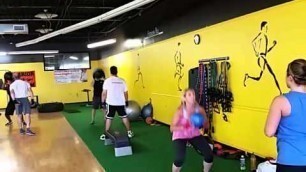
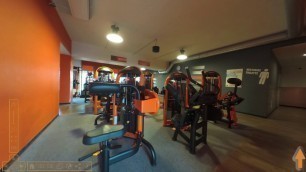

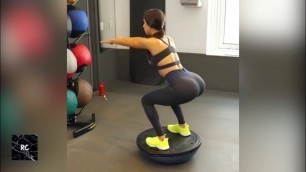
comments